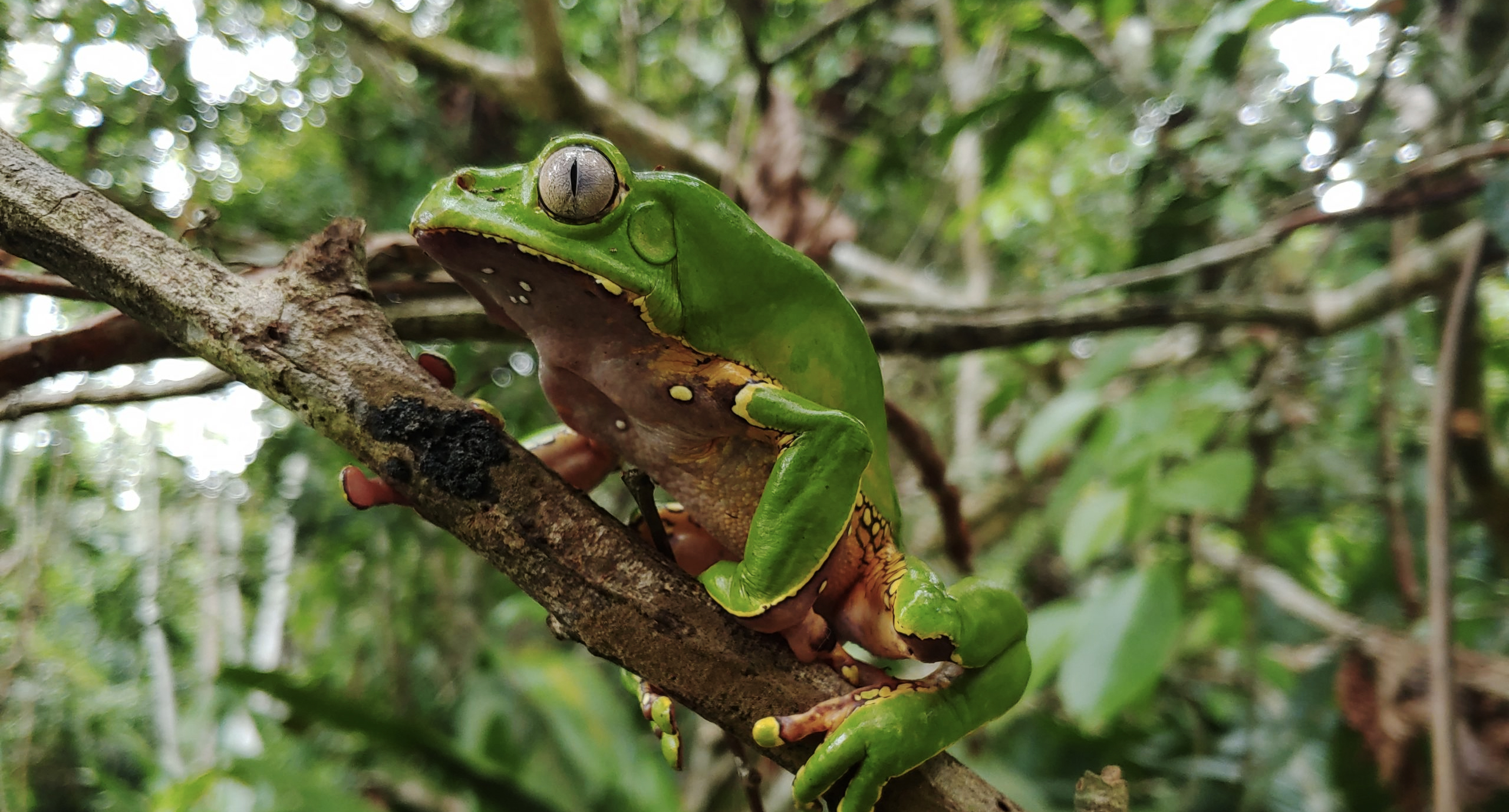
The mission of Kambo Foundation is to protect the Phyllomedusa Bicolor or Kambo Frog of the Amazon for future generations. Our method of accomplishing this is to promote medical research, public education and to offer ethically sourced kambo medicine in partnership with the indigenous tribes that have historically worked with this medicine.
We will offer training to practitioners interested in the ethical application of this medicine through our indigenous certification programs. Our focus is to preserve the Kambo Frogs habitat and to increase the population through the breeding and release of these animals into their natural habitat.

Medical Research on Kambo

Vittorio Erspamer
An Italian scientist, Vittorio Erspamer, of the University of Rome was the first to analyze Kambo in the lab. Vittorio Erspamer was twice nominated for a Nobel prize and was also responsible for first discovering the well known neurotransmitter Serotonin.
Erspamer concluded that Kambo contains a ‘fantastic chemical cocktail with potential medical applications, unequalled by any other amphibian’. His findings brought great attention to the area of peptides which have since become very important to the medical field.
We have been Vittorio Erspamer was an Italian pharmacologist and chemist, known for the identification, synthesis and pharmacological studies of more than sixty new chemical compounds, most notably serotonin and octopamine. (Wikipedia)
The research activities of Erspamer spanned more than 60 years and resulted in the isolation, identification, synthesis and pharmacological study of more than sixty new chemical compounds. Among these compounds were polypeptides and biogenic amines, and also some alkaloids. Most of these compounds were isolated from animals, predominantly amphibians.

In the late fifties, his research shifted to peptides. In the laboratories of the Institute of Medical Pharmacology, University of Rome, he isolated from amphibians and mollusks more than fifty new bioactive peptides. These became the subjects of numerous studies in other laboratories in Europe and North America. In 1979, he focused on opioid peptides specific to Phyllomedusa tree frog from Central and South America. These were used by the native Indians in initiation rites, to increase their prowess as “hunters” and make them feel “invincible”. They applied secretions from the skin of these frogs that resulted in analgesic effects.
The peptides discovered by Erspamer {in Kambo} trigger a variety of beneficial chemical reactions in the human body. Kambo has the ability, unlike many other natural and pharmaceutical substances, to cross the blood-brain barrier, enabling it to reach deep into the body and bring support to otherwise difficult to treat areas. Human cells open up to the beneficial properties of Kambo unlike many substances that are filtered and eliminated by the body’s highly intelligent defense system. Thus far, researchers have discovered nine peptides, some of which are bio-active – meaning that they perform specific functions in the body.
These peptides perform hormone-like tasks while others provide support to vital cellular processes. Some of these peptides have a potent effect on the gastrointestinal muscles, gastric and pancreatic secretions, blood circulation, and on the stimulation of the adrenal cortex and pituitary gland. Many peptides have since been isolated from the Kambo secretion and have been synthesized. As a testament to their medicinal properties, there are over 70 Kambo patents lodged, mainly in the USA.

Kambo also contains certain neuropeptides that are small, protein-like molecules used by the neurons to communicate with each other. These neuronal signaling molecules are involved in a wide range of brain functions including:
Analgesia
Reward
Food Intake
Metabolism
Reproduction
Social Behavior
Learning
Memory







